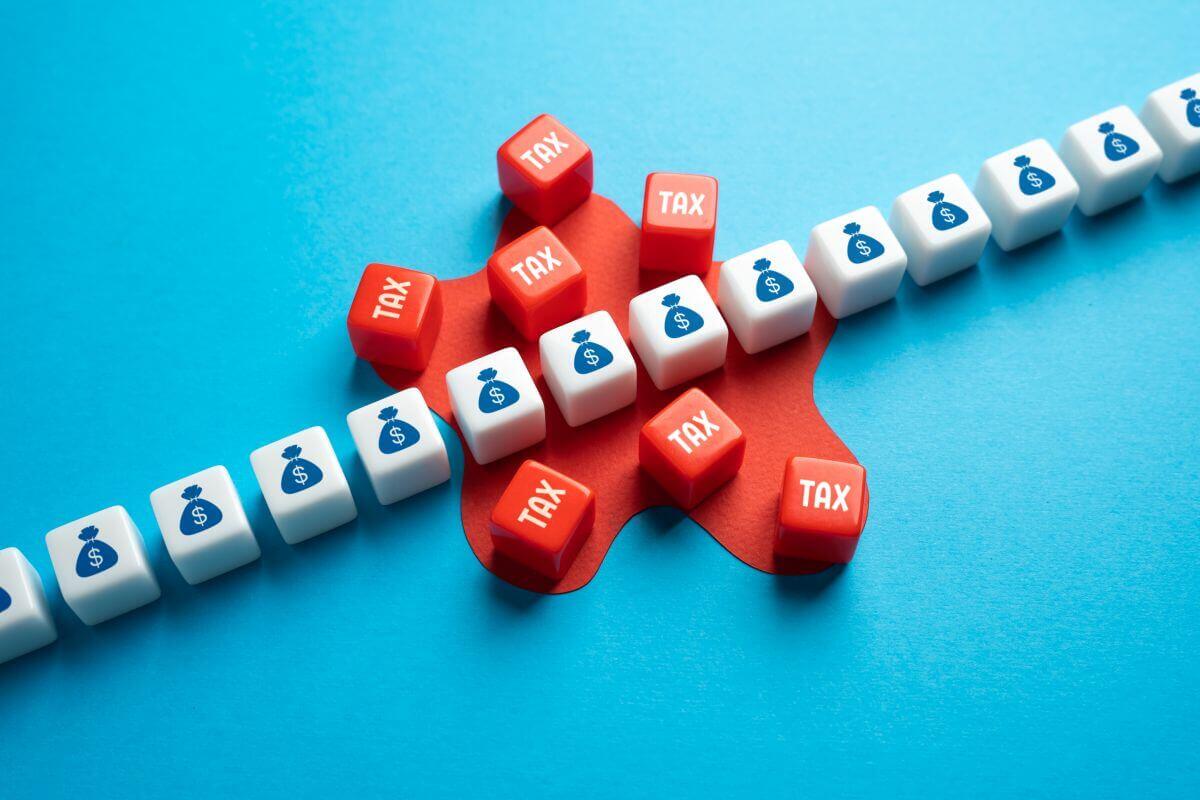Heralded as the fastest “fiscal consolidation” (which means reducing Government deficit and debt accumulation) since the 1960s, Treasurer Wayne Swan delivered the Federal Budget on Tuesday night, 11 May 2010. Surprisingly the budget has been applauded and well received by various industry groups.
Although has the Government delivered more tax savings to small businesses and individual taxpayers one week after its limited response to the Henry Review?
Yes, but there could be more. The tax savings are arguably in line with the conservative Budget.
Here is a summary of the key relevant changes, in addition to announcements made by the Government in response to the Henry Review:
As of 1 July 2010
- Continued personal tax rate cuts which will apply from 1 July 2010 for resident individuals (no changes to already legislated measures) in which:
- The 30 per cent threshold will increase from $35,000 to $37,000
- The 38 per cent marginal tax rate will decrease to 37 per cent
- The Low Income Tax Offset (LITO) will increase from $1,350 to $1,500, allowing Australians to earn up to $16,000 and not have to pay income tax
- The amount of income a senior Australian eligible for the Senior Australian Tax Offset (SATO) can earn before they pay income tax or the Medicare Levy will increase from $29,867 to $30,685 for singles, and from $25,680 to $26,680 for each member of a couple.
|
Taxable income |
Marginal rate |
Tax on this income |
|
$0 – $6,000 |
Nil |
Nil |
|
$6,001 – $37,000 |
15% |
15c for each $1 over $6,000 |
|
$37,001 – $80,000 |
30% |
$4,650 plus 30c for each $1 over $37,000 |
|
$80,001 – $180,000 |
37% |
$17,550 plus 37c for each $1 over $80,000 |
|
$180,001 and over |
45% |
$54,550 plus 45c for each $1 over $180,000 |
Despite the above, there is a tightening of the availability of tax rebates and government contributions available:
- The 20 per cent medical rebate has for a number of years now, been available where an individual taxpayer has out-of-pocket expenses of $1,500. The rebate will now only be available if out-of-pocket expenses exceed $2,000. However, the threshold will become indexed annually to the Consumer Price Index from 1 July 2011
- The child care rebate will be reduced from the current annual cap of $7,778 per child to $7,500 per child where indexation of the cap will be frozen for four years. However, the rebate will be increased from 30 per cent to 50 per cent
- There will be a permanent reduction to the superannuation co-contribution matching rate and maximum payable in which the matching rate for the superannuation co-contribution will remain at 100 per cent and the maximum co-contribution that is payable on an individual's eligible personal non-concessional superannuation contributions at $1,000
- The Government will freeze the indexation applied on the income threshold above which the maximum superannuation co-contribution begins to phase down. The thresholds will be $31,920 and $61,920 for 2010-11 and 2011-12.
Look-through treatment for earnout arrangements
All payments under a qualifying earnout arrangement will be treated as relating to the underlying business asset.
Earnout arrangements entitle the buyer or seller to additional payments depending on the subsequent performance of the business.
Currently, an earnout right is treated as a separate CGT asset. The Budget Papers state that this treatment can result in “anomalous outcomes” for taxpayers where the actual payments under the earnout right differ from the amounts estimated at the start of the arrangement (eg, by reducing access to the CGT small business concessions).
The measure will have effect from the date of assent of the enabling legislation, with transitional provisions available in certain cases from 17 October 2007. This has been a long awaited response from the Government in relation to the draft Tax Ruling TR 2007/D10 and further details are anticipated to be released.
From 1 July 2011
- There will be a 50 per cent tax discount on the first $1,000 of interest income derived from interest bearing products such as bank accounts and managed investment trusts. An estimated six million Australians will benefit from this measure, especially older Australians who are considered to have more investments in bank accounts.
- Individual taxpayers can claim a standard deduction of $500 for work-related and tax-advice expenses. Currently, taxpayers are required to substantiate work-related expenses greater than $300 and separately keep documentation for any tax agent fees incurred
- Small businesses accounting for GST on a cash basis can claim input tax credits upfront in relation to hire purchase arrangements. This change will greatly assist those businesses that have been forced into higher cost chattel mortgages following the introduction of the GST
- The GST margin scheme will be restructured with effect from 1 July 2012 relating to calculating the GST payable when property is sold as part of a business. Rules with the aim of clarity, simplification and certainty regarding the use of valuations will be introduced.
- The ‘financial acquisitions threshold’ above which businesses need to interact with the GST financial supply provisions will increase from $50,000 to $150,000 of input tax credits. This will be particularly relevant and welcomed by small businesses when engaging in capital raising activities which would otherwise be subject to the lower existing threshold for GST input tax credits claimable.
- Individual taxpayers can claim a higher standard deduction from $500 to $1,000 for work-related and tax-advice expenses.
From 1 July 2012
- Individual taxpayers can claim a standard deduction of $500 for work-related and tax-advice expenses. Currently, taxpayers are required to substantiate work-related expenses greater than $300 and separately keep documentation for any tax agent fees incurred
- Small businesses accounting for GST on a cash basis can claim input tax credits upfront in relation to hire purchase arrangements. This change will greatly assist those businesses that have been forced into higher cost chattel mortgages following the introduction of the GST
- The GST margin scheme will be restructured with effect from 1 July 2012 relating to calculating the GST payable when property is sold as part of a business. Rules with the aim of clarity, simplification and certainty regarding the use of valuations will be introduced.
- The ‘financial acquisitions threshold’ above which businesses need to interact with the GST financial supply provisions will increase from $50,000 to $150,000 of input tax credits. This will be particularly relevant and welcomed by small businesses when engaging in capital raising activities which would otherwise be subject to the lower existing threshold for GST input tax credits claimable.
From 1 July 2013
- Individual taxpayers can claim a higher standard deduction from $500 to $1,000 for work-related and tax-advice expenses.
What about the Henry Review?
The Government has indicated that it will introduce its responses to the Henry Review recommendations over the next two to four years with an emphasis on communication and ensuring the public is aware of changes proposed.
Note
The above information is of a general nature only and is not intended to address the circumstances of any particular individual or entities nor does it constitute advice from Azure Group that you may rely upon.
Contact us if you would like to discuss any of the above.
This article is intended to provide general information only, and is not to be regarded as legal or financial advice. The content is based on current facts, circumstances, and assumptions, and its accuracy may be affected by changes in laws, regulations, or market conditions. Accordingly, neither Azure Group Pty Ltd nor any member or employee of Azure Group or associated entities, undertakes responsibility arising in any way whatsoever to any persons in respect of this alert or any error or omissions herein, arising through negligence or otherwise howsoever caused. Readers are advised to consult with qualified professionals for advice specific to their situation before taking any action.







Comment